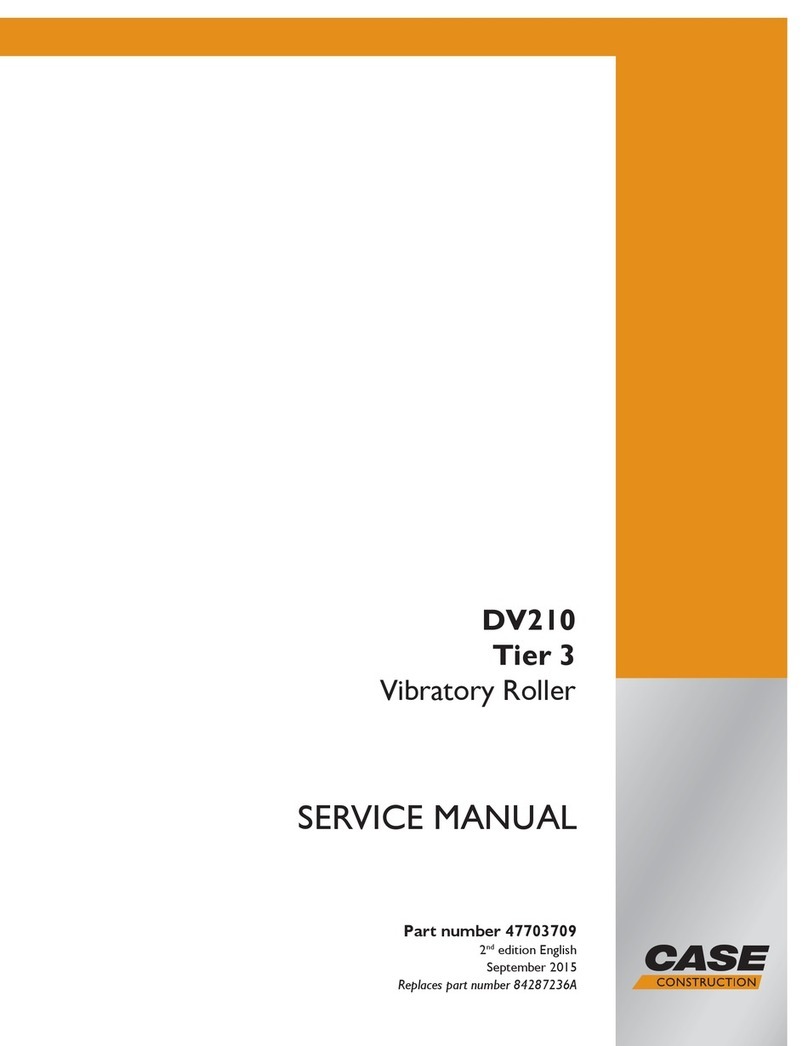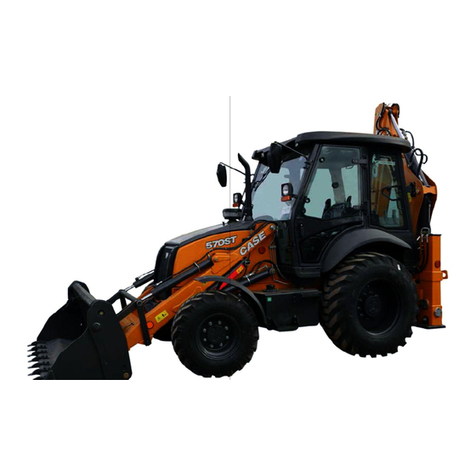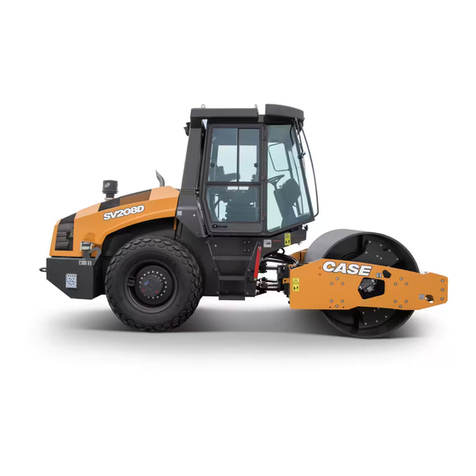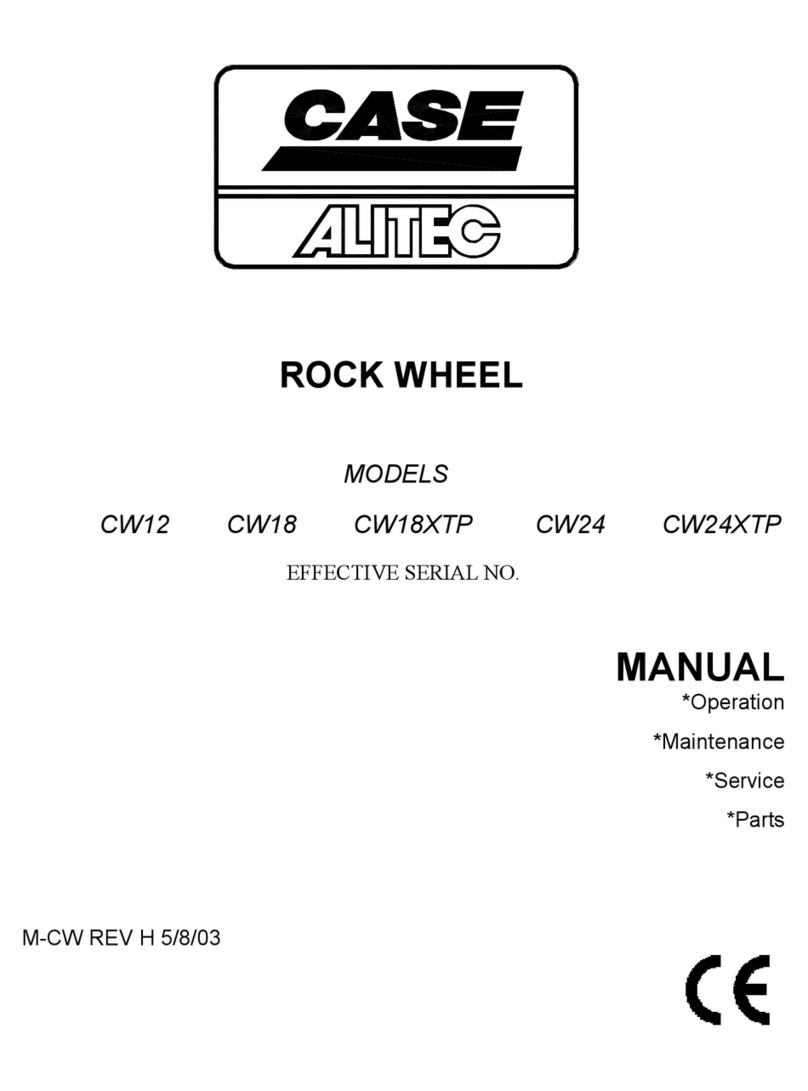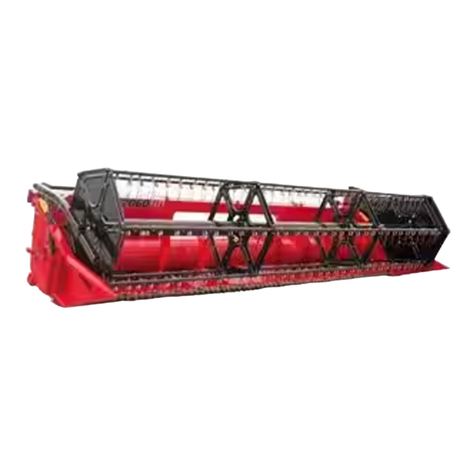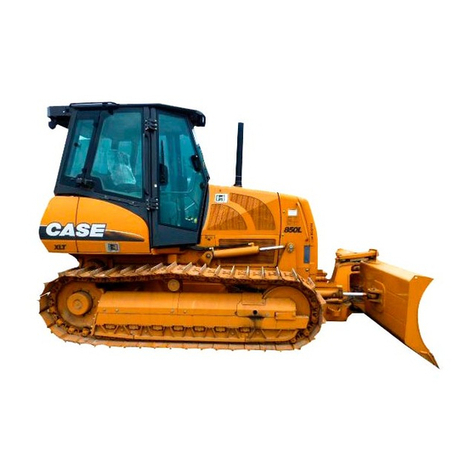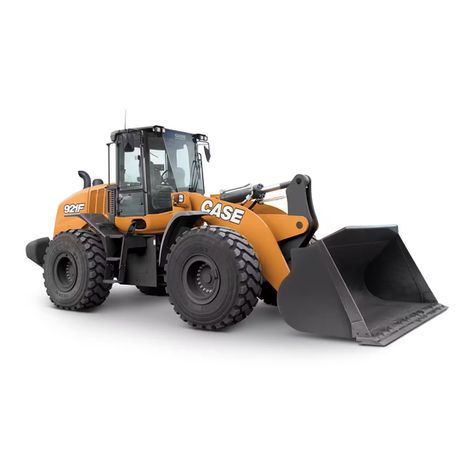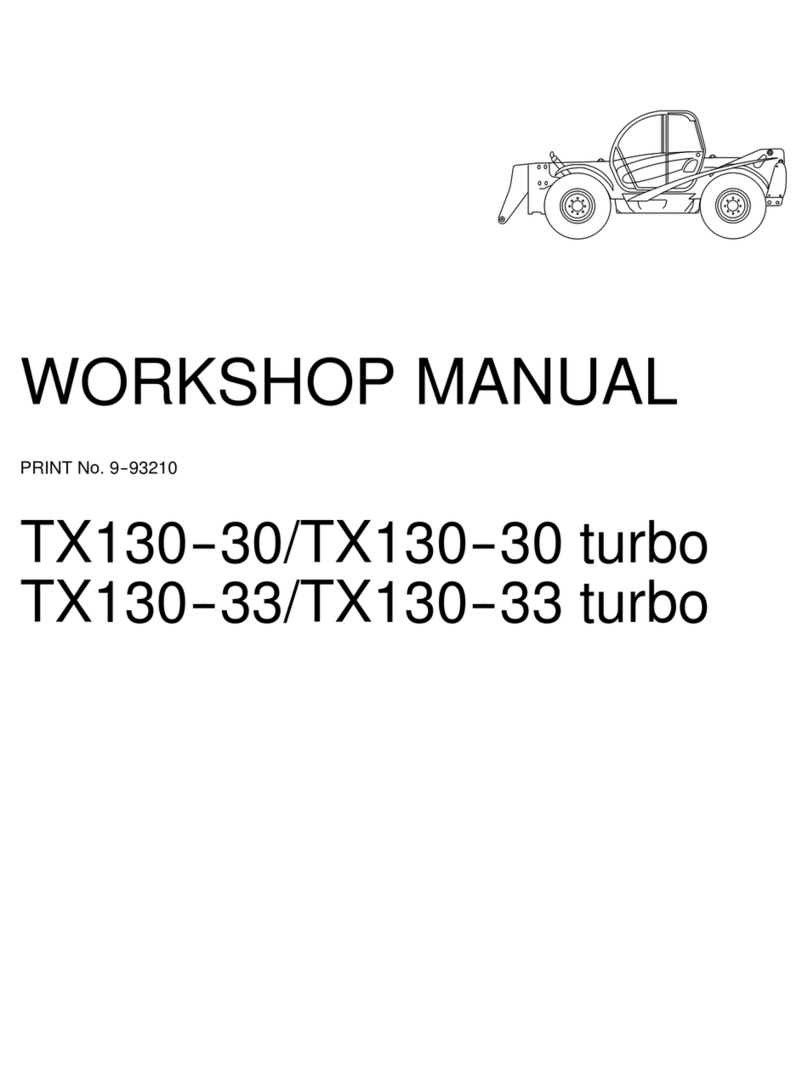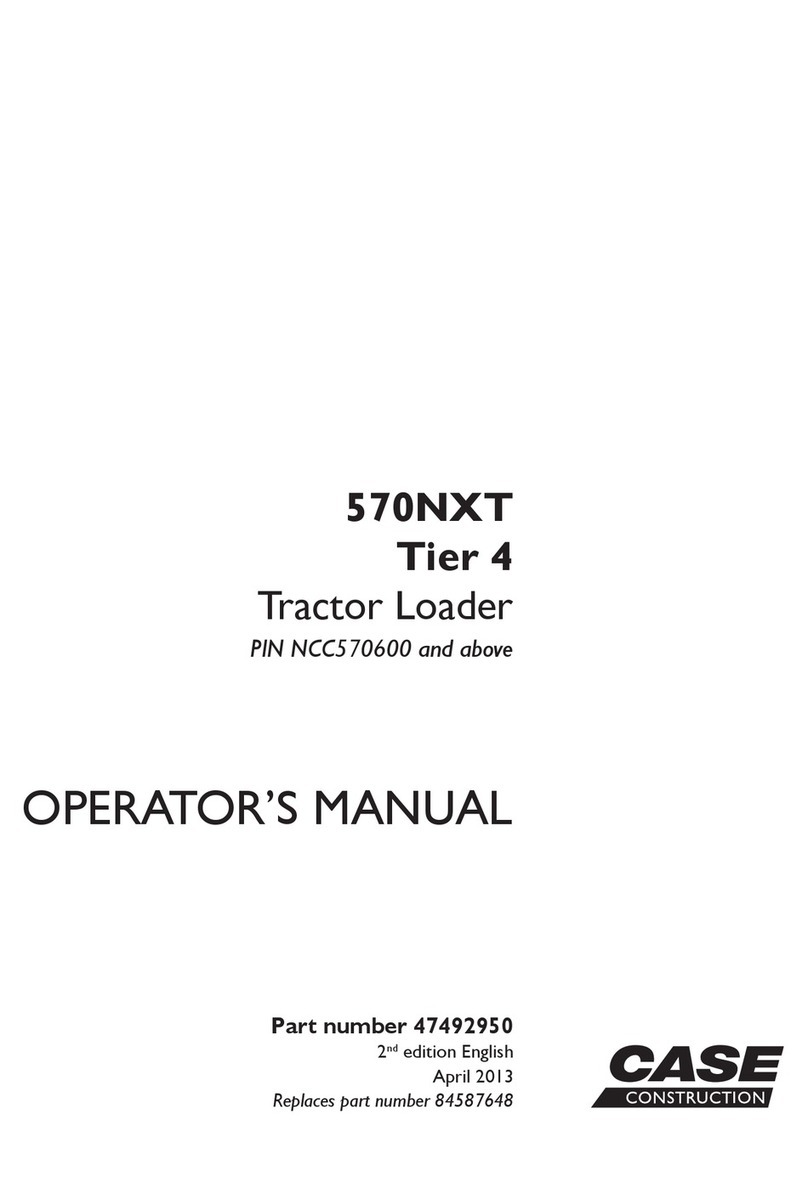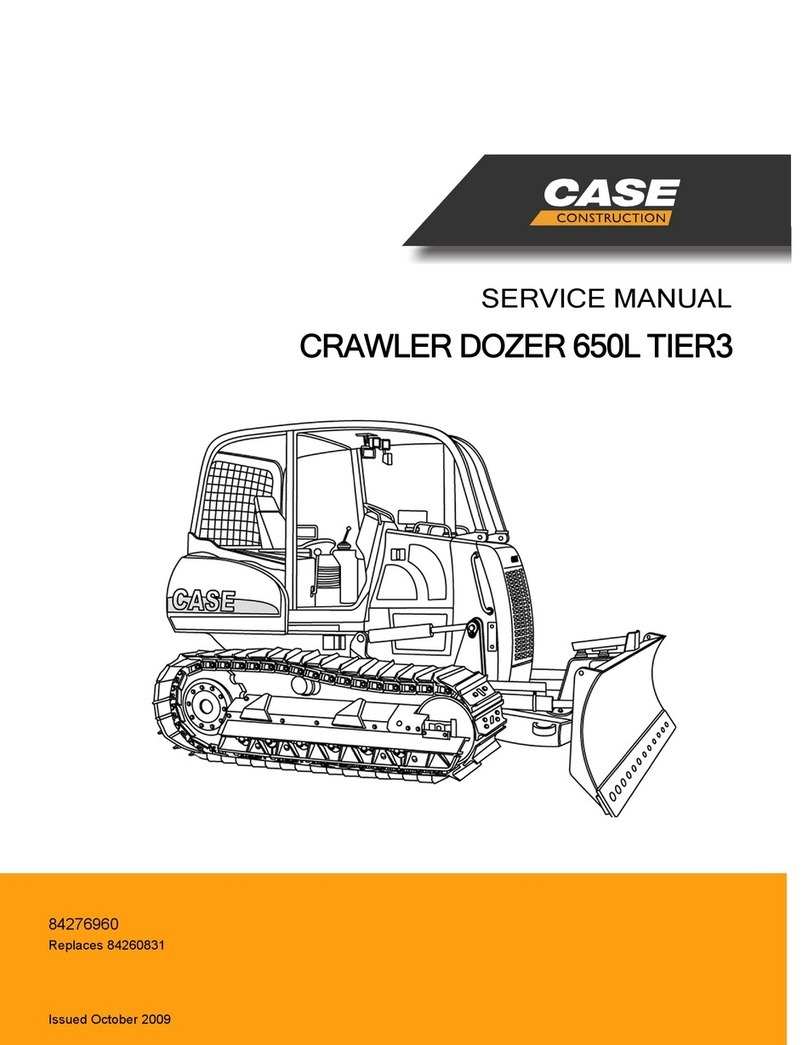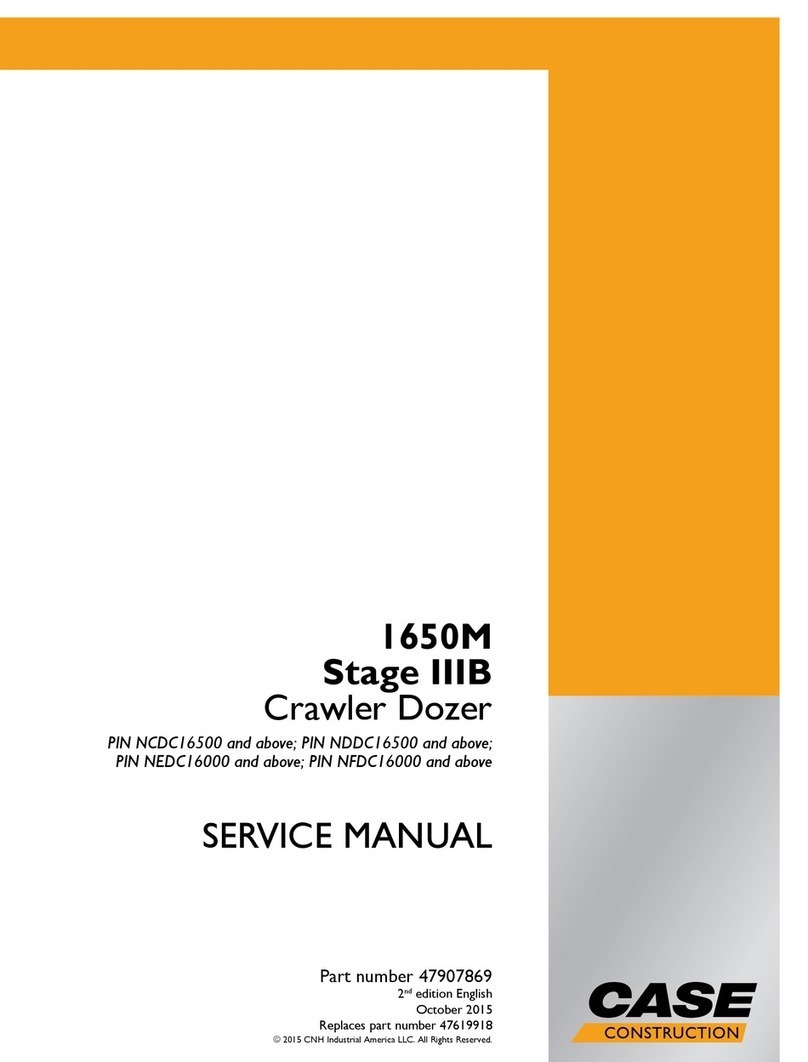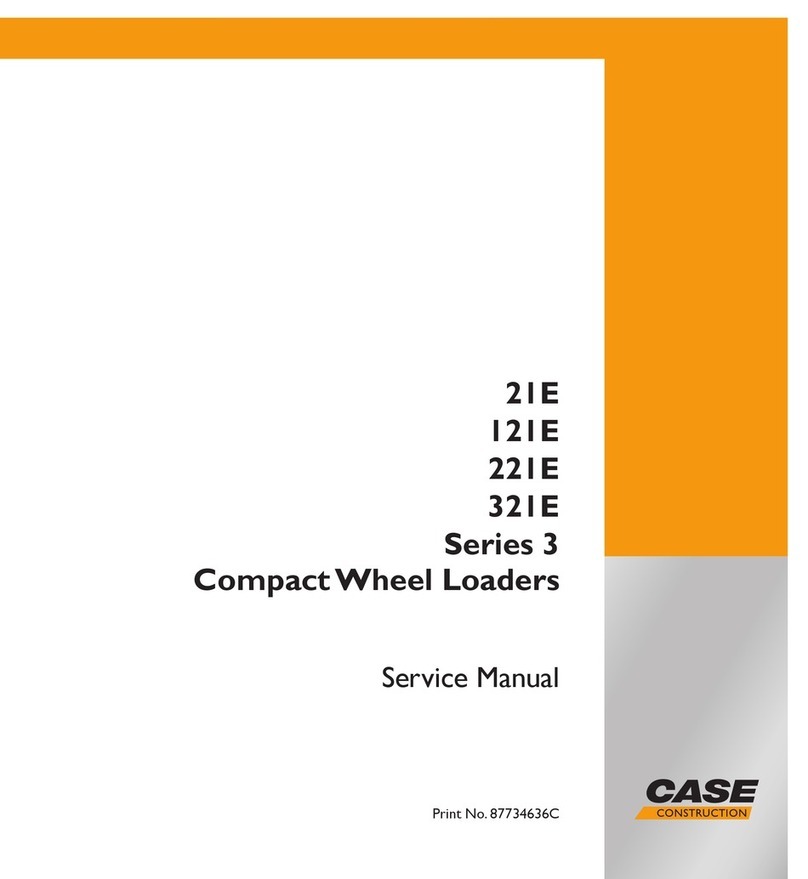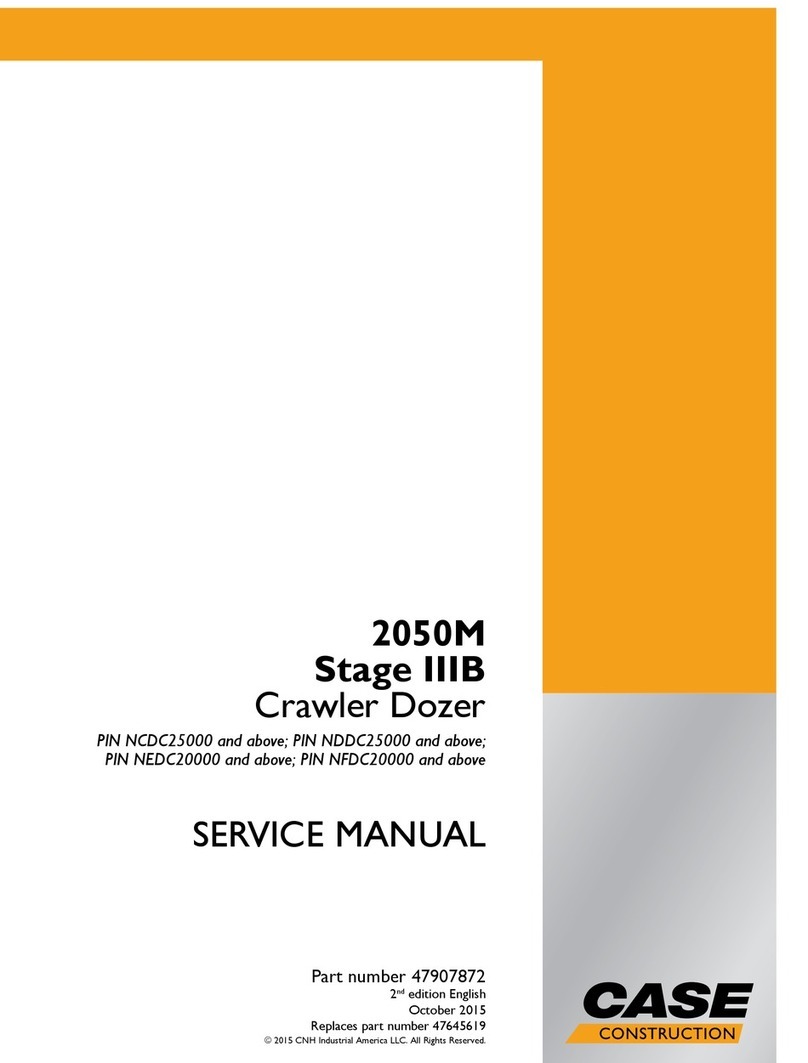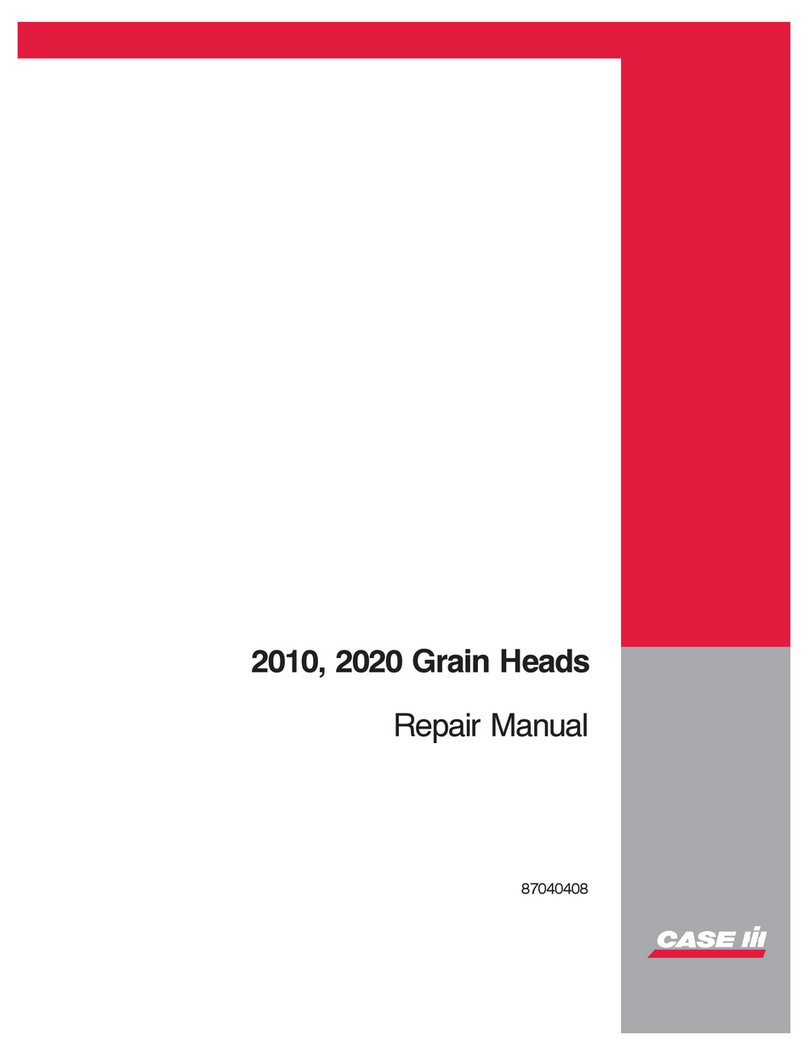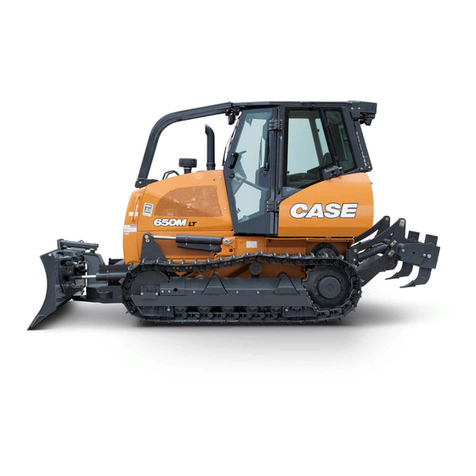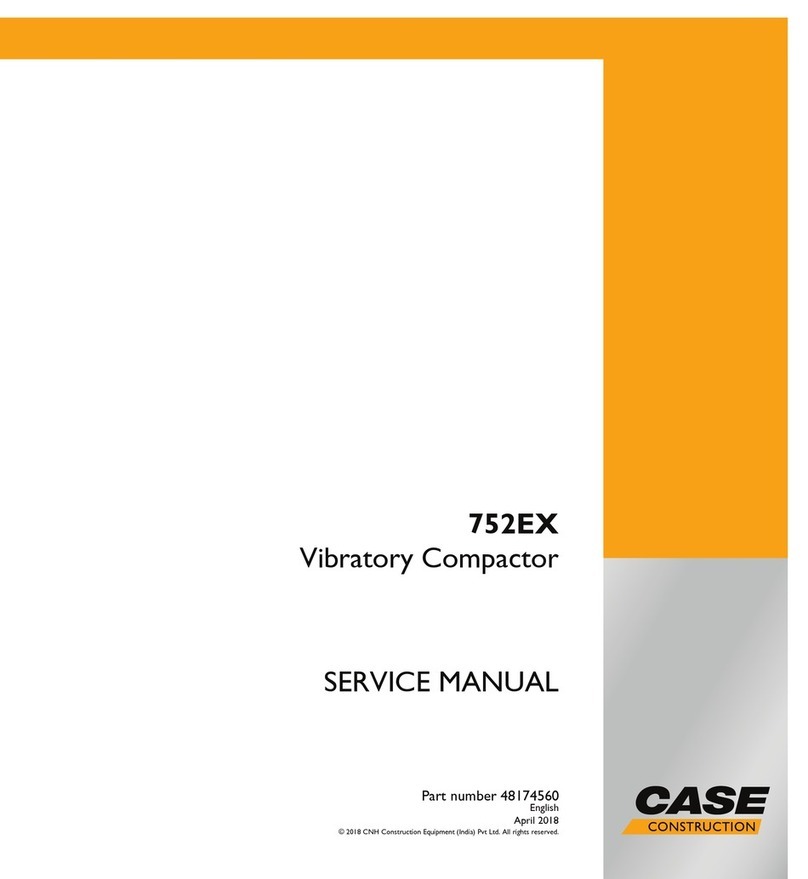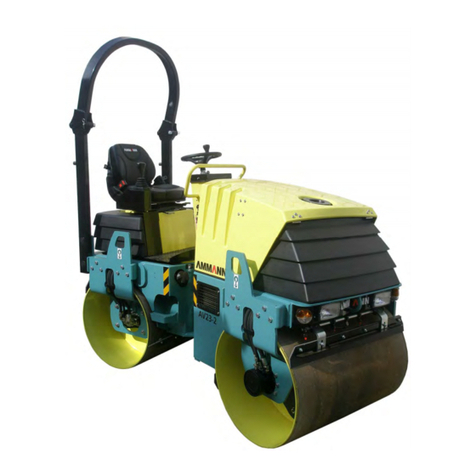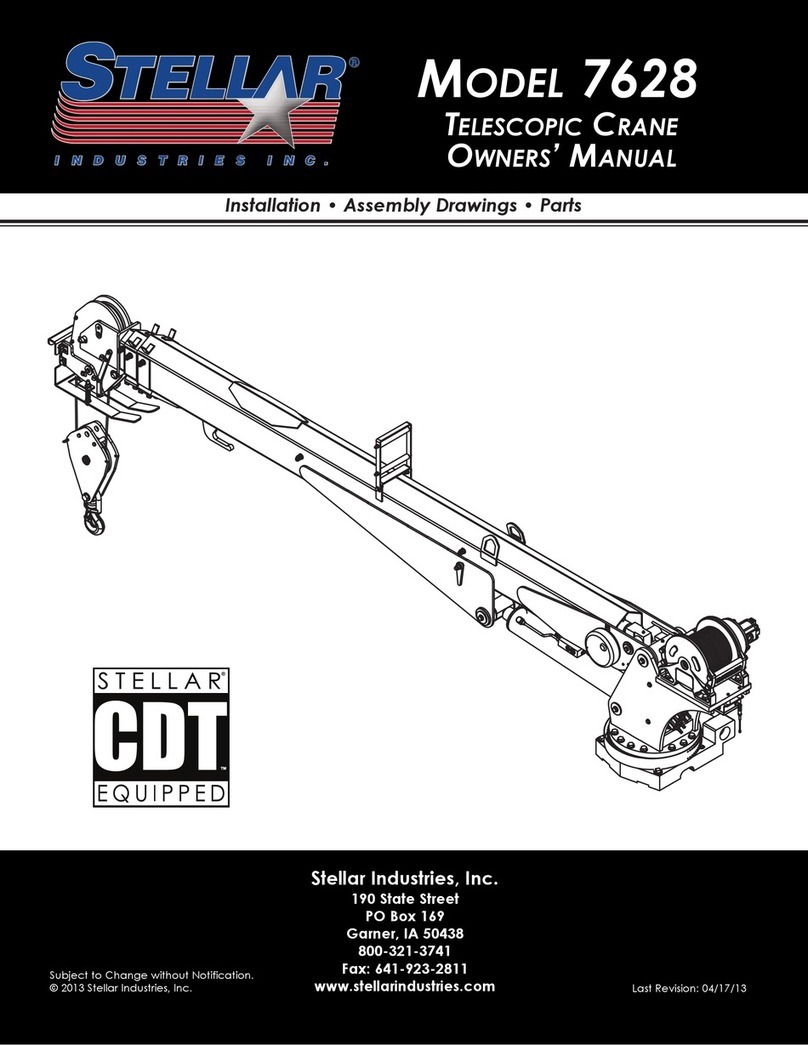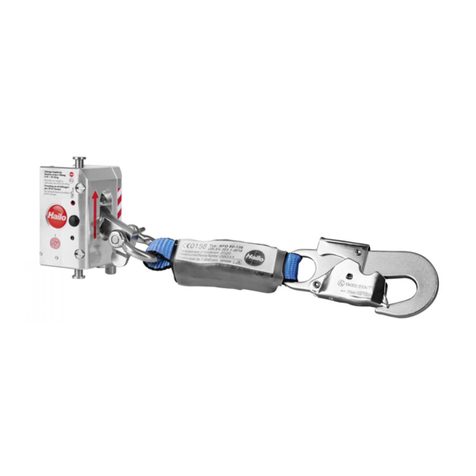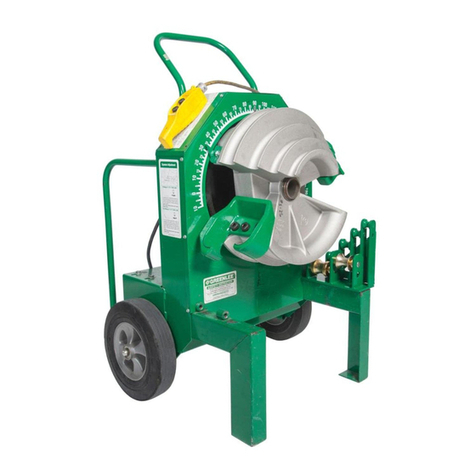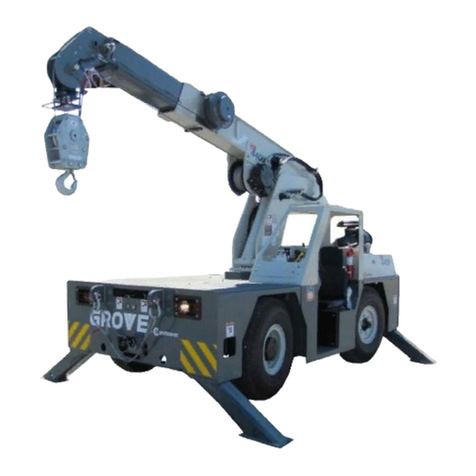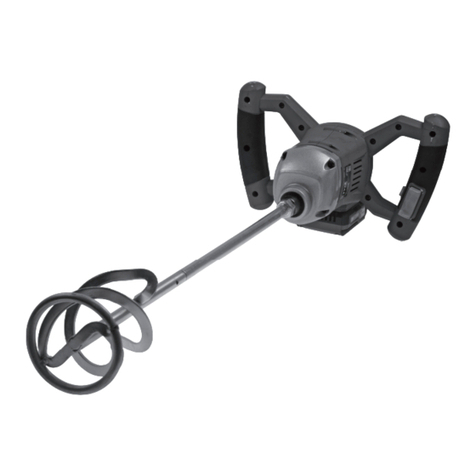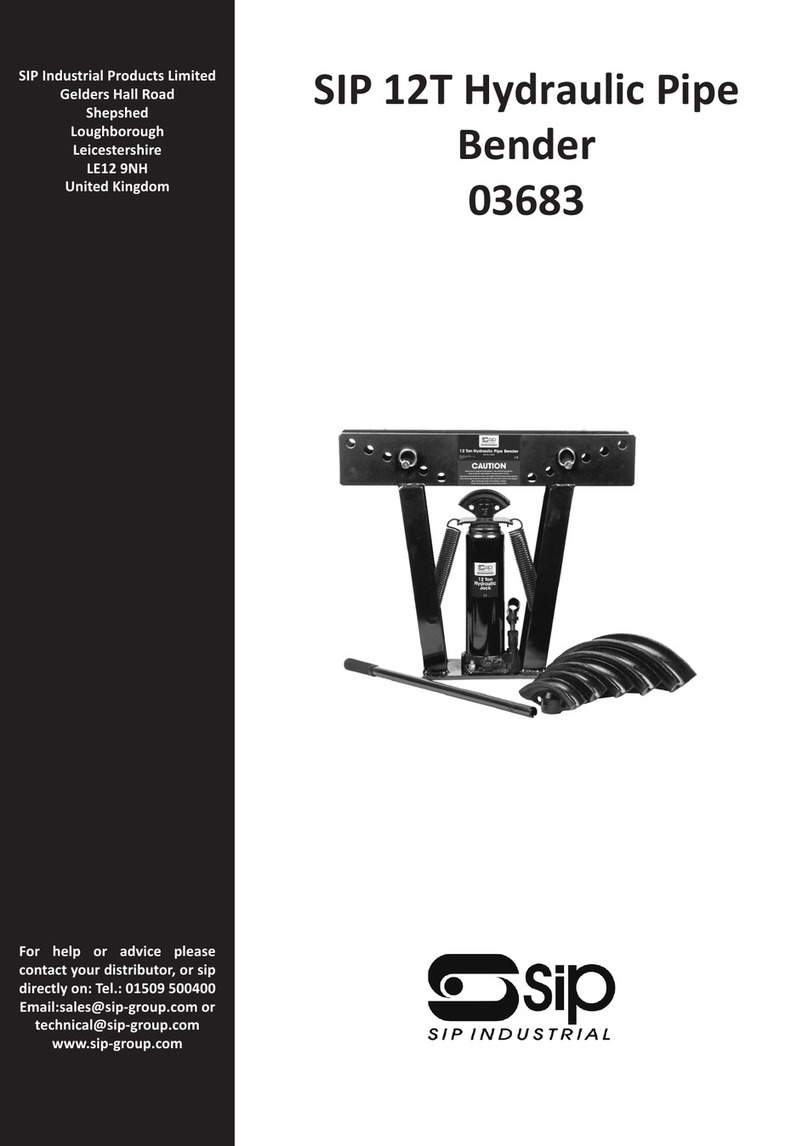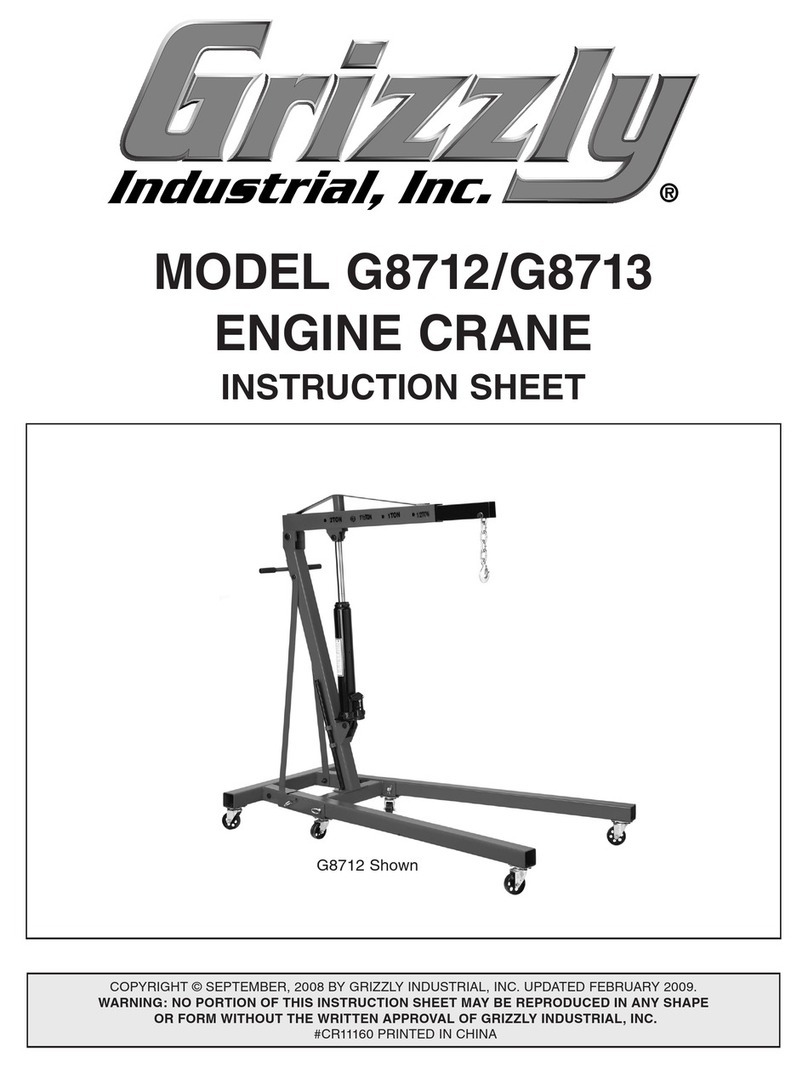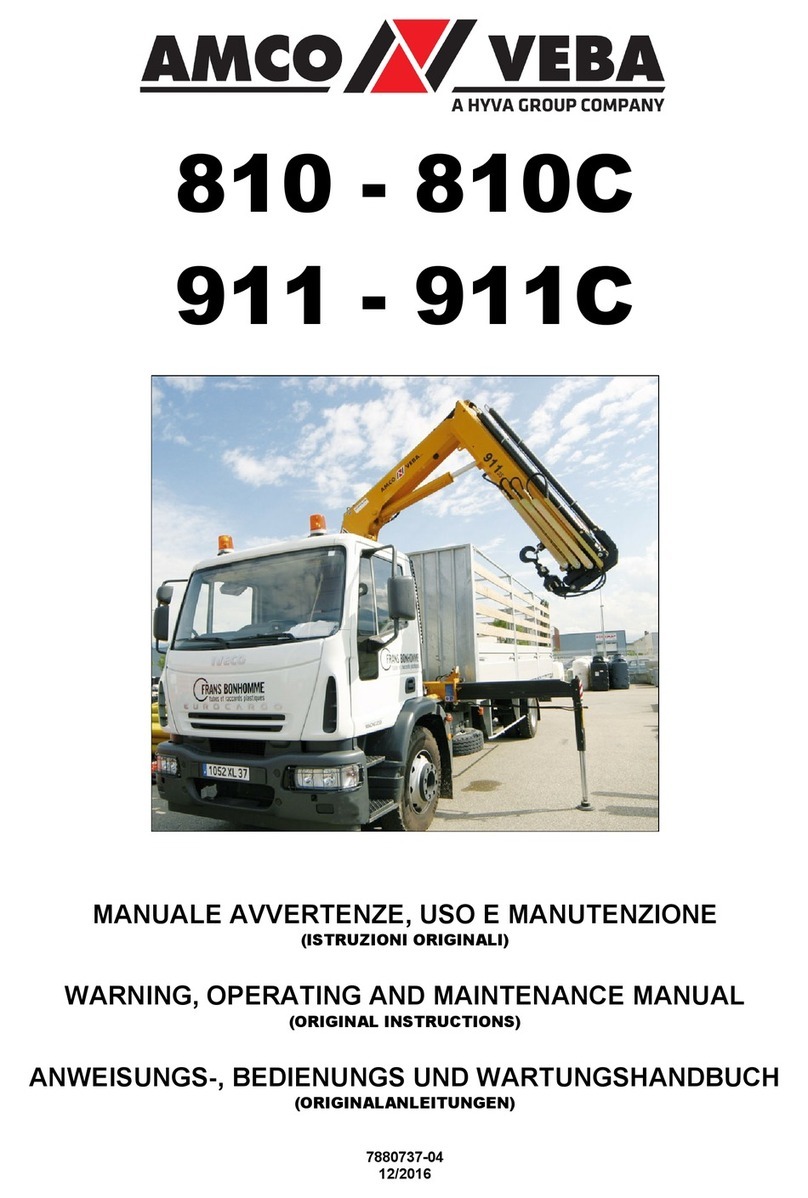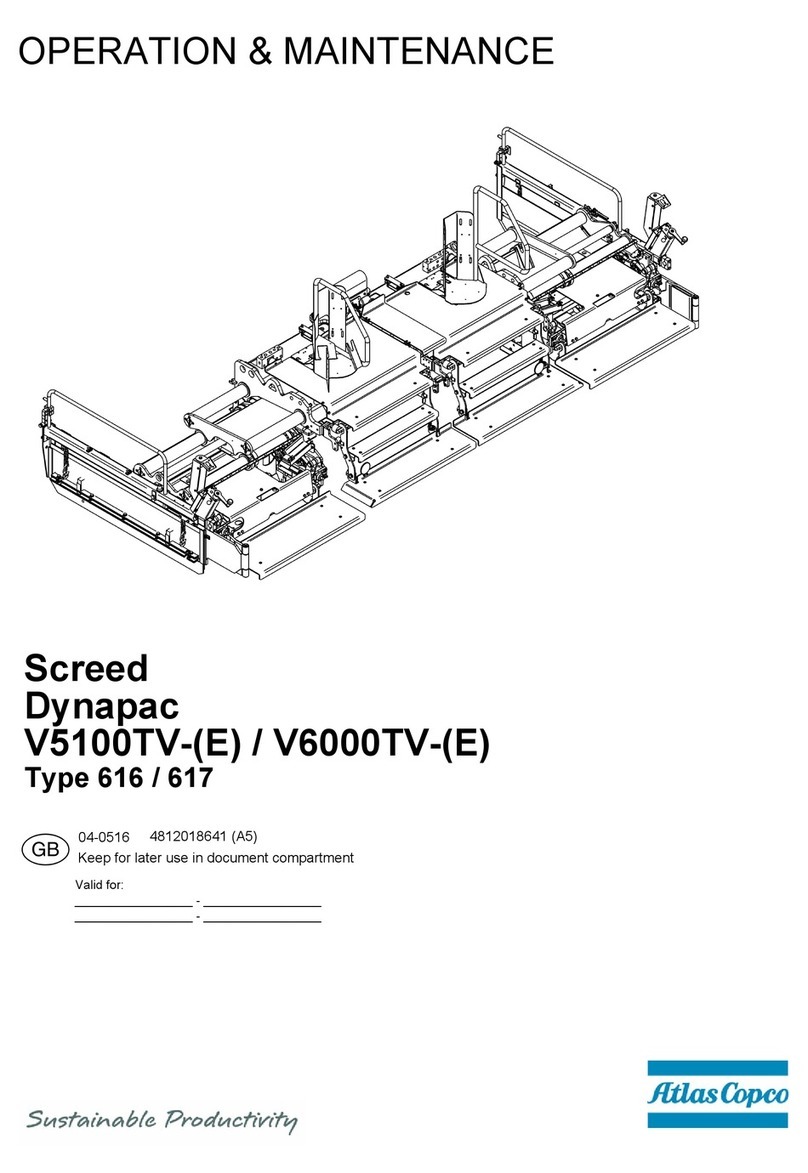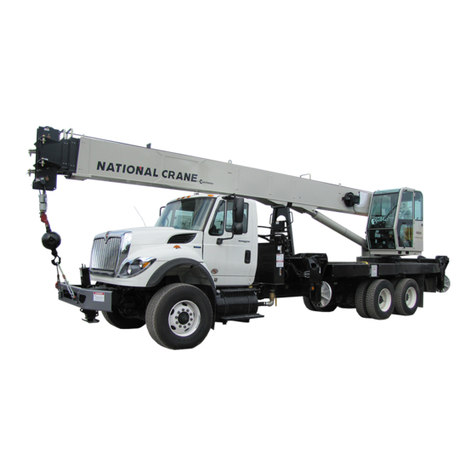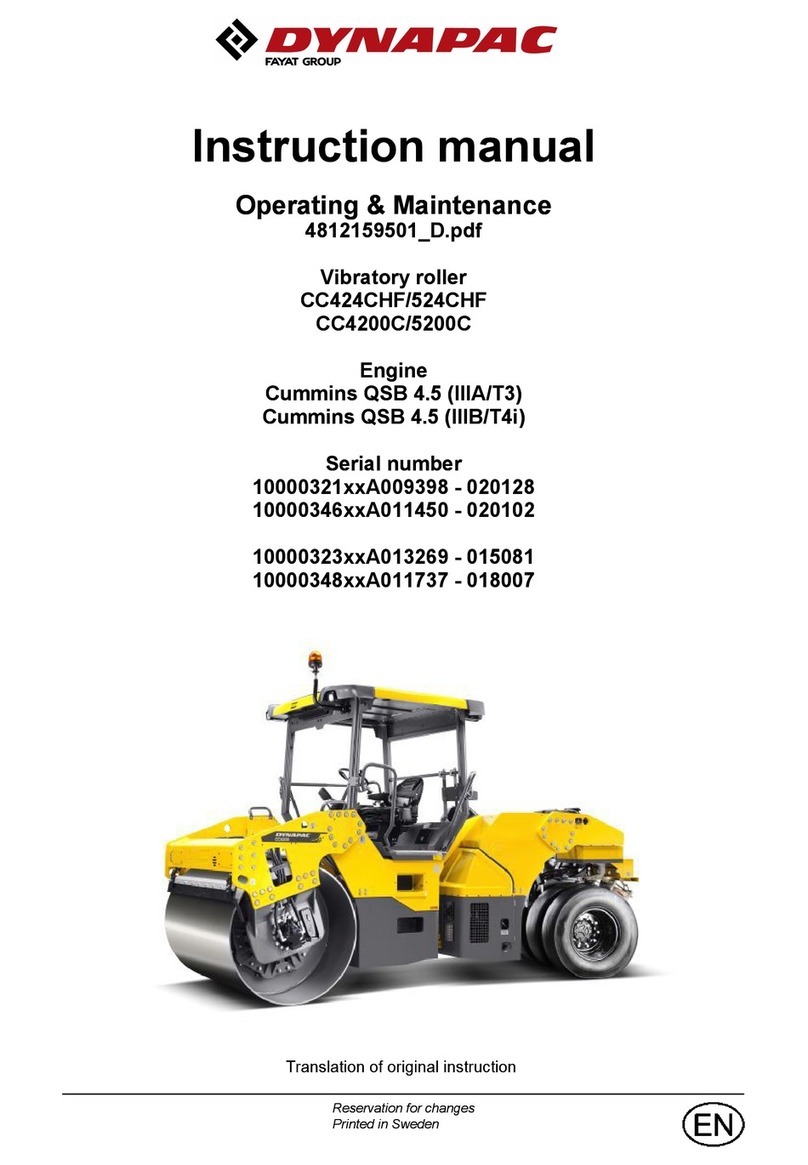1 - GENERAL INSTRUCTIONS
6
WORKING ON ELECTRICAL WIRING
1. Disconnect the battery when carrying out any
repairs on the charging circuit to avoid accidental
short-circuits.
2. When dismantling, first disconnect the cable from
the negative pole (-), then the cable from the posi-
tive one (+).
3. Do not disconnect batteries when the engine is
running.
4. Connect the “minus” pole of the battery to the
chassis and the “plus” pole to terminal “B+” from
the alternator. Opposite connection will cause the
whole semi-conductor device to be destroyed.
5. When starting with an auxiliary external supply, do
not disconnect the supply before is the battery the
machine is charging. Make sure of the starting volt-
age of the auxiliary external supply, (for 24 V).
6. Do not put the alternator into no-load operation, i.e.
with the wire disconnected from the “+” terminal
and connected to the “D+” terminal.
7. Do not check the presence of voltage in the wire by
sparking it on the chassis of the equipment.
8. Do not do anything that produces sparks.
9. When handling batteries, use protective rubber
gloves and full face protection.
10. Protect your skin and clothes from stains caused
by electrolyte or lead particles.
11. If electrolyte gets into your eyes, rinse them with
running water for 15 minutes. Then see a doctor as
soon as possible.
12. When electrolyte stains your skin or clothes, take
off your clothes, wash the stained area with soapy
water or with a solution of baking soda and water
and see a doctor.
13. In the event of accidentally swallowing electrolyte,
drink as much milk or water as possible or a solu-
tion of milk of magnesia and immediately see a
doctor.
14. Never pour distilled water into the cells unless the
operation of the machine or charging outside the
machine follows. In this case, the battery would
discharge rapidly.
15. Never add sulfuric acid (H2SO4).
16. Do not overturn the batteries because electrolyte
could run out of the air vents in the battery.
17. If acid (electrolyte) is spilled, rinse the area with
water and neutralize it with lime.
18. When the batteries are being charged, hydrogen is
released and, mixed with air, makes an explosive,
easily combustible mixture. Do not use open
flames and do not smoke.
WELDING ON THE MACHINE
Before starting arc welding, disconnect all parts with
semi-conductors from electrical wiring, i.e.:
•engine alternator,
•hourmeter,
•control unit under the instrument panel,
•ground both the supply and the machine that is
being repaired,
•protect the supply point against moisture,
•place the ground terminal close to the welded
joint,
•when parts are welded or when the machine is
in the suspended position, insulate the point of
current transfer to avoid current entering the
hoist, or use a non-conducting rope.
SEALS
1. Always use new seals.
2. You can obtain seals kits in spare part form.
HARDWARE TORQUE
1. Use a torque wrench to obtain correct hardware
torque.
2. Fastening screw and nut are tightened according
to the table.
3. Screw grades are shown normally on the screw
head.
4. Hardware torque is given in the tables.
5. Threaded connections for hydraulics are tightened
as specified in the tables.
6. The given hardware torque specifications are valid
for dry screw threads.
7. Use new self-locking nuts only.
